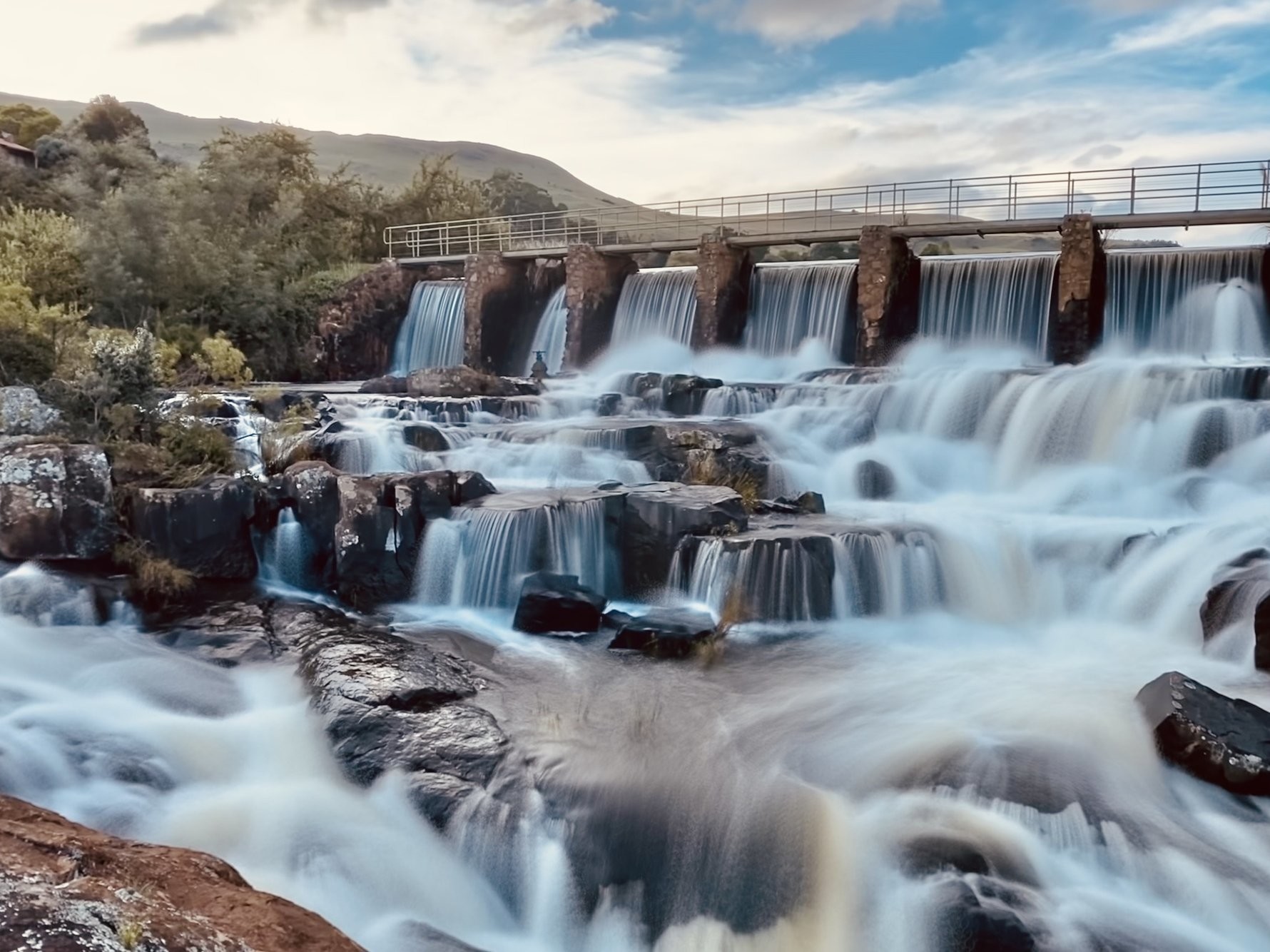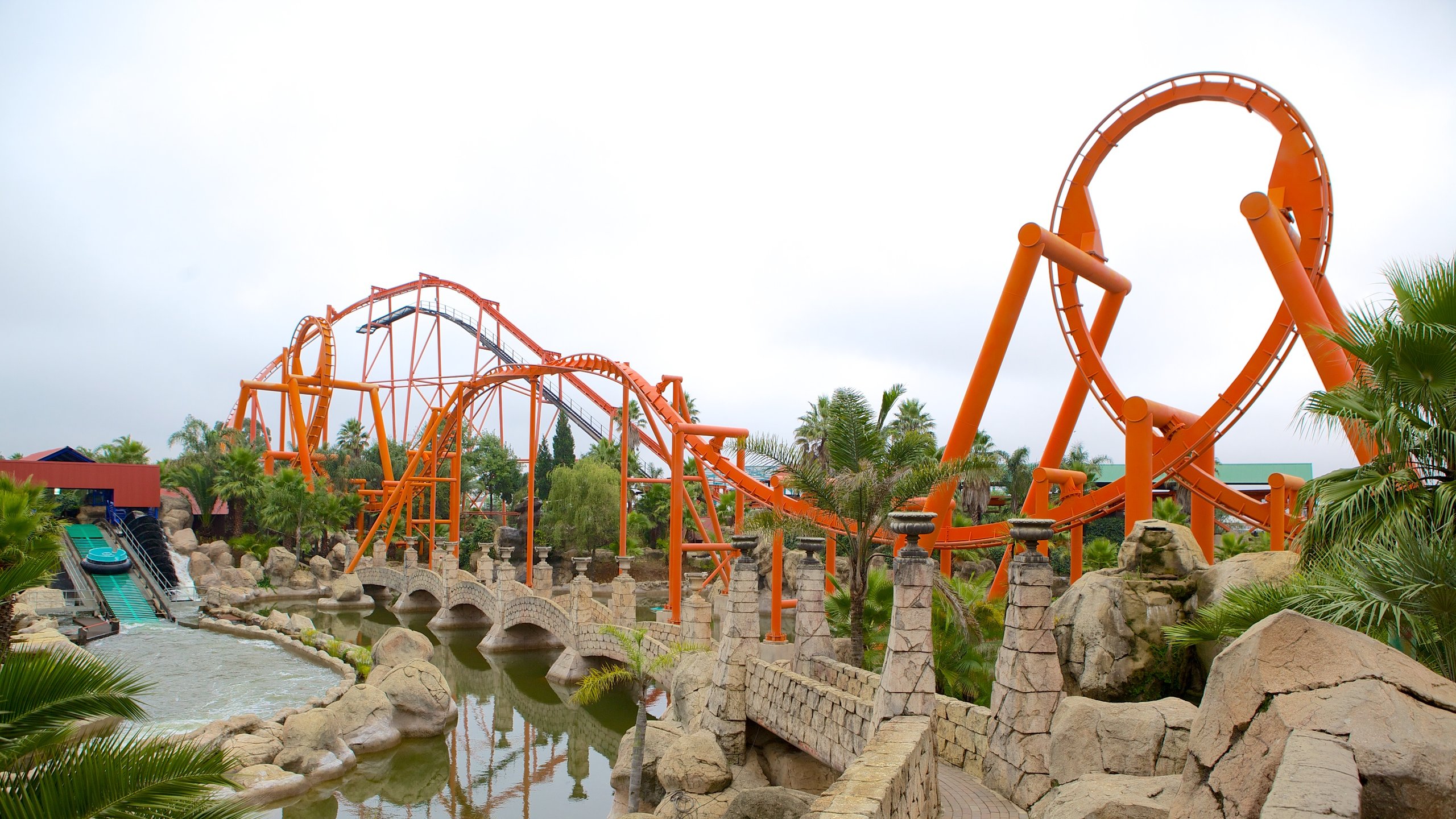Getting The Johannesburg North Attractions To Work
Getting The Johannesburg North Attractions To Work
Blog Article
Excitement About Johannesburg North Attractions
Table of ContentsThe Johannesburg North Attractions PDFsNot known Incorrect Statements About Johannesburg North Attractions 3 Simple Techniques For Johannesburg North AttractionsSome Ideas on Johannesburg North Attractions You Should KnowSome Known Factual Statements About Johannesburg North Attractions Not known Details About Johannesburg North Attractions
The city owes its area to the presence of an even extra precious source: gold. The city grew on the side of the Witwatersrand Main Reef, a below ground stratum of gold-bearing quartz-silica empire that arcs for thousands of miles under the Highveld. Many of the gold mines in the city stopped procedure in the 1970s, but in its day the Witwatersrand gold industry made up greater than 40 percent of the world's yearly gold manufacturing.Johannesburg has a warm environment. Summertime temperature levels average about 75 F (24 C); winter months temperatures average concerning 55 F (13 C) and just occasionally dip below cold. The city takes pleasure in about 8 hours of sunshine daily in both winter months and summer. Rain averages regarding 28 inches (700 millimetres) per annum, but the total varies substantially from year to year.
What rainfall the city obtains drops practically solely in the summer season months, commonly in magnificent late-afternoon electrical tornados., where lots of residents still depend on coal for gas.

Johannesburg North Attractions Things To Know Before You Buy
The balance of the city is inhabited by whites. Lodging differs in personality and high quality. Soweto is infamous for its countless rows of municipally developed, two-room matchbox homes, yet it likewise has a few flourishing enclaves along with teeming squatter camps, where tens of thousands live without water, power, or cleanliness centers.
Physical development, although rather restricted by transportation, continued rapidly as migration to South Africa, and Johannesburg in particular, raised considerably.
Most inadequate residential areas were blended, with inadequate blacks and whites living with each other, although the affluent suburbs were usually booked for whites. This changed with the political election of the National Party in the 1948 political elections, who began to formalise the system referred to as racism. Discrimination formally assigned which residential areas each race might stay in under useful content the Team Locations Act.
The previous system of eleven numbered regions was reorganised in 2006. Marshalltown, as seen from the top of the Carlton Centre. The M1 and M2 run behind the structures, and the southern suburban areas extend past the freeway boundary. The central city of Johannesburg lies within the city's Region F. The approximated population of the region is 200,000, [] The number of people living in the inner city on an informal basis is unidentified, as numerous are prohibited immigrants. Many higher-income locals and white individuals have moved to the northern suburban areas and have actually been replaced by lower-income black people. The unemployment, education, and age accounts of the location are all unidentified, due to the trouble of acquiring reputable details about the location.
Some Known Details About Johannesburg North Attractions
Centred on the CBD, the region consists of the residential areas of Yeoville, Bellevue, Troyeville, Jeppestown, and Berea to the eastern. To the west it spreads out to Pageview (Johannesburg North attractions) and Fordsburg. There are tiny industrial parks to the south, such as City West-Denver and Benrose. Around 800,000 commuters travel through the central city every day, look here and it operates as a local shopping node for site visitors from the southern suburbs. Yeoville and Bellevue have a mix of apartment or condo buildings and solitary household devices on little lots. The area is situated on a hilly divide that runs from east to west.

About Johannesburg North Attractions
The eastern suburbs are some of the oldest locations of Johannesburg, there are big communities of Jewish and various other European histories, the majority of the populace is English speaking. There are 3 golf programs as well as a number of protected ridges with viewsites.
Originally developed to house male migrant workers, several have actually been improved as residences for couples and families. The suburban area was not traditionally enabled to produce work centres within the location, so practically all of its homeowners are commuters to other parts of the city.
Some Ideas on Johannesburg North Attractions You Should Know
The N1 Western Bypass attaches the north suburbs with the north-western residential areas. The houses in the north residential areas are mainly formal, with no considerable areas of casual real estate, or real estate that does not have a long-term structure. This is an established location, there is a pattern of land usage modification from domestic to business, especially along main arterial roadways and around recognized nodes.
The area is well linked to road networks, especially along the north-south axis created by the M1 and N1. Roads to the eastern and west are less well established, as there are no highways travelling in try this web-site that instructions. In the direction of the north border of the city, the thickness of development lowers, leaving large locations of untaught land around Midrand.
The smart Trick of Johannesburg North Attractions That Nobody is Talking About
The very first suburban area to the north of the inner city is Parktown, which is situated on a hillside overlooking the inner city and Hillbrow. It has lots of well-off homeowners and Edwardian-style manors, along with the Education and learning and Clinical campuses of the University of the Witwatersrand. The large concrete Charlotte Maxeke Johannesburg Academic Healthcare Facility controls the skyline of Parktown.
Report this page